But it was not until 10 years later, on June 20, 2014, that I met this intelligent and courageous woman at her home in Tung Breng village, Ia Krai commune, Ia Grai district. Her name is Rocham Phial, born in 1945.
Since the late 1950s, on the frontier strip of land where Mrs. Phial was born, the Ngo Dinh Diem government established the Thanh Duc and Sung Thien plantations. In 1962, the Jrai people in the area began to be forced into strategic hamlets by the Saigon government. People from the villages of O, Kâm, and Doach were forced into Ia Wai hamlet; people from the villages of Lan, Mit Jep, and Mit Kom were forced into Tung Breng hamlet. Along with the forced settlement of hamlets were brutal sweeps.
However, the enemy's actions only made the Jrai people along the Vietnam-Cambodia border (now in Ia Grai district) more inclined towards revolution.
The organizing committee awarded prizes to the winners of the contest to learn about the history of the Ia Grai District Party Committee. Photo: Le Hoa
In 1962, due to being exposed, many party members of commune B12 were captured by the enemy. Among them, two party members were brutally murdered by the enemy to terrorize the villagers: comrade Rocham Luynh and Rolan Koi (father of Mrs. Rocham Phial).
After killing comrade Rocham Luynh, the enemy cut open his stomach, removed his intestines, and left them at the intersection of Lan village. It took the villagers a day and a night to retrieve his body for burial. As for comrade Rolan Koi, they captured him and took him to Le Thanh district. After brutally torturing him but not getting any information, at 8am the next morning, the enemy killed him and buried his body.
Two other people in the commune, Rocham Glun (revolutionary base) and Rocham Hueh (civilian), were also captured by the enemy and brought back to the village, gathered the people and shot. Another villager, Ksor Hong, was tied by the enemy with a rubber band around his neck and dragged down to Ia Blan bridge where he breathed his last. His body was thrown into the stream and then retrieved by Bi Te villagers for burial. From then on, the people of B12 and B13 communes all left the enemy zone and went into the mountains to follow the revolution.
Following in her father's footsteps, in 1963, when being introduced by comrade Rocham Soi - Party cell secretary, Ms. Phial accepted to join the B12 commune's art and propaganda team. At that time, the commune's art and propaganda team had 11 members (6 men and 5 women). The team's main activities were to combine art performances with propaganda, mobilizing people to work as laborers, porters, and to join the guerrillas and soldiers.
With her own efforts and youthful energy, in 1964, Rocham Phial was admitted to the Youth Union. From 1965 to 1969, she was the Deputy Secretary of the Commune Youth Union. In December 1969, Ms. Phial was admitted to the Party, and was then sent by her superiors to study culture at the Supplementary School of Zone 4 (now Chu Pah, Ia Grai districts and part of Duc Co district).
Mrs. Rocham Phial recalled: The school was located deep in the forest. The whole school had only 3 thatched houses. The house in the center was the classroom; the other 2 houses, 1 was for male students and teachers and 1 was for female students. The school had only 3 teachers: Mr. Uaih (from Sung village, Ia Klah commune), Mr. Hyun (from Veng village, Ia Chia commune) and 1 Kinh teacher. During the days when there were no classes, the teachers and 150 students went to the fields to produce. The main food was rice mixed with cassava, cassava leaf soup... Yet everyone was very happy, because after each day, Phial and her friends felt their visions broaden.
When Mrs. Phial finished her studies, the Americans opened nursing classes in strategic hamlets. Each village had about 2-3 students. Mrs. Phial was arranged by the organization to attend this class. Later, she was assigned by the Party Committee to be the President of the Women's Association of the commune.
In 1970, the revolutionary situation in the South changed in our favor. In Gia Lai , some American combat units withdrew from the country. The puppet army was not strong enough to replace them, so their attack and search power also decreased. Faced with that situation, Zone 4 determined to organize the destruction of the Chu Nghe stronghold. This was a very large population concentration area. In this area, there were 29 villages, located next to the Chu Nghe Commando Training Center.
To prepare for the attack, Ms. Phial was assigned to the enemy base as a nurse. Once inside the base, in addition to performing her main assigned task, Ms. Phial also found ways to get medicine from the enemy to bring to the base. Sometimes, she even sneaked out of the base to treat wounded soldiers.
During her time in enemy territory, she and her base were able to influence Lam (an ethnic minority) - Deputy Commander of the Battalion stationed at Chu Nghe post. Through the information provided by Lam and with Lam's support, we were able to influence 26 militia soldiers guarding the hamlet. Being hidden and protected by these soldiers, our base in the hamlet was more convenient, especially being able to ensure safety whenever we needed to go out to work with cadres or take assets to hide in the forest.
When everything was well prepared, the local company of Zone 4 disintegrated 2 platoons of militia guarding the hamlets, supporting 4,048 people in the hamlets to rise up and destroy the hamlets and return to their old villages. In coordination with Chu Nghe, the working teams of Zone 4 also mobilized 42 villages in the West to rise up and break the enemy's grip with nearly 7,000 people. After this victory, the Provincial Party Committee launched the movement "Learn from Chu Nghe, catch up with and surpass Chu Nghe" to destroy hamlets, destroy the grip, and win over people throughout the province.
More than 10 years have passed since my meeting with Mrs. Rocham Phial by the fireside of the stilt house. However, the image of that strong, determined Jrai woman with friendly eyes and her stories of brave fighting in enemy territory still come back to me every April.
Source: https://baogialai.com.vn/nu-dang-vien-jrai-hoat-dong-trong-long-dich-post320349.html


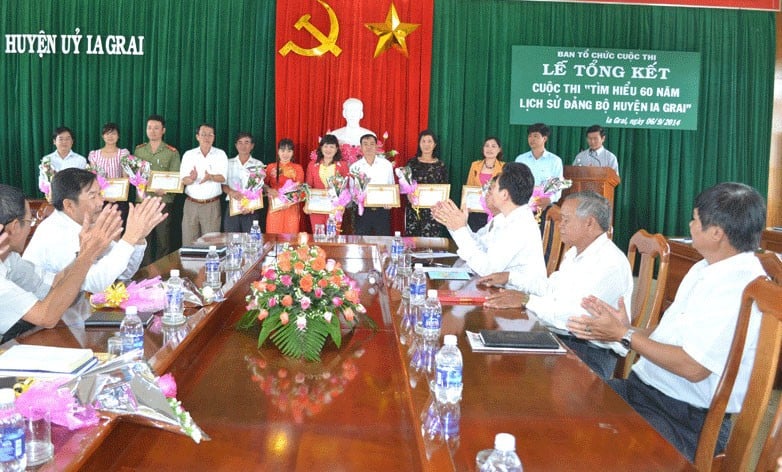

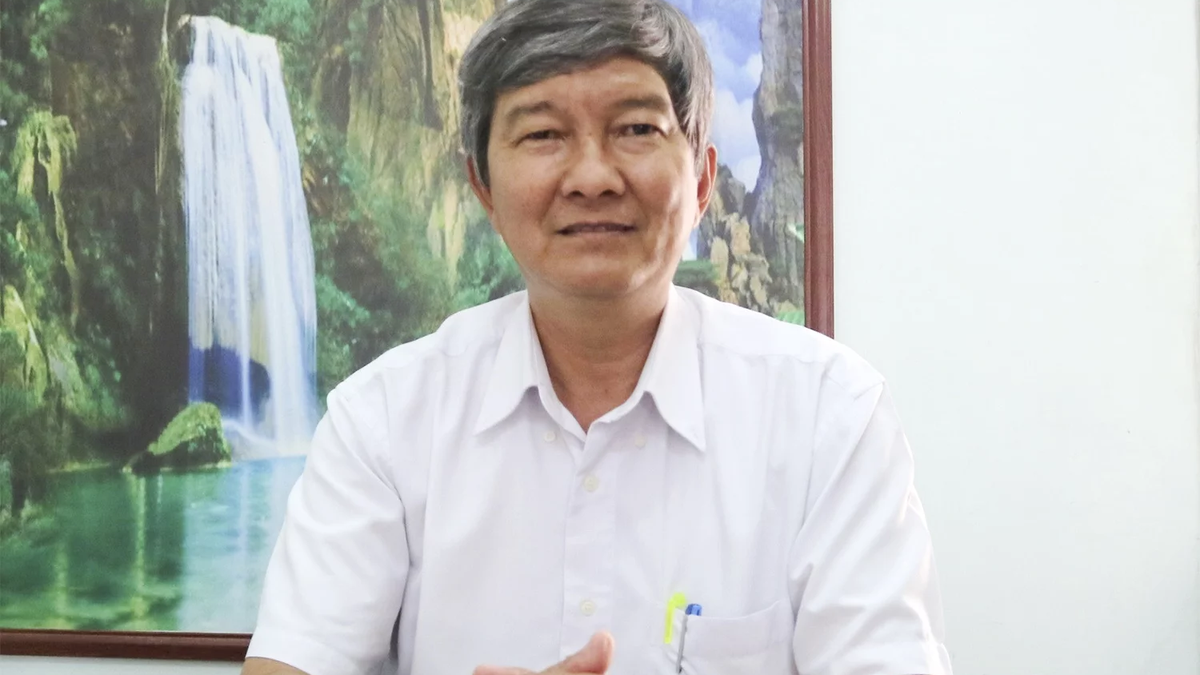

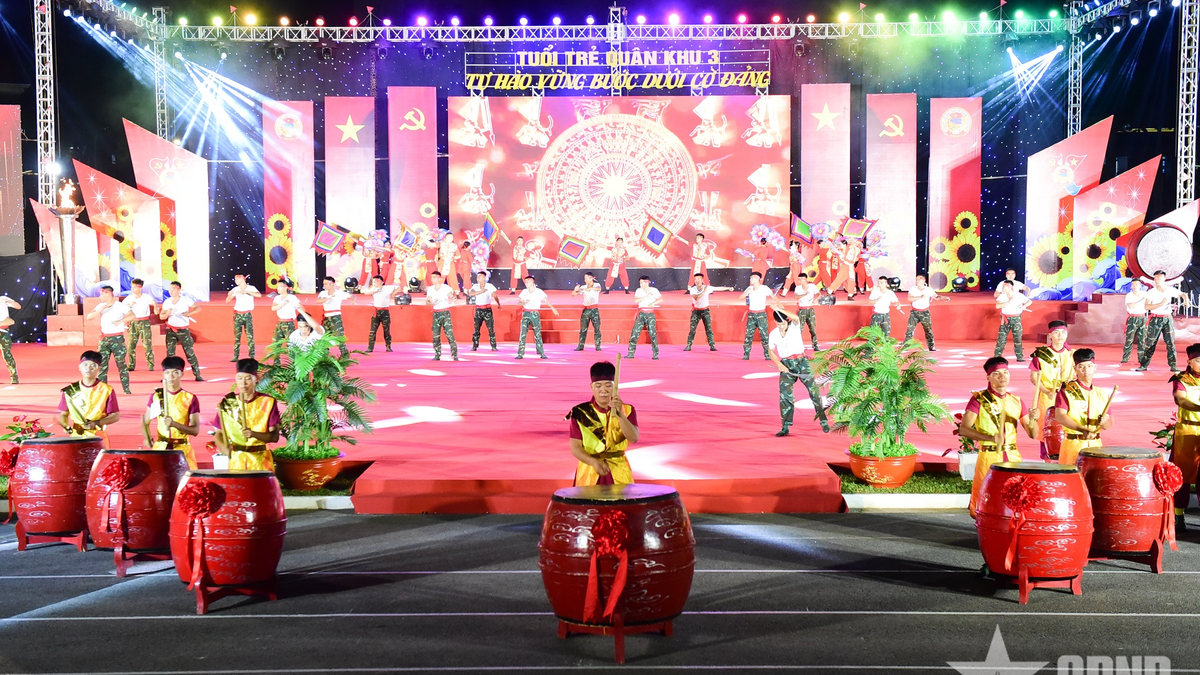
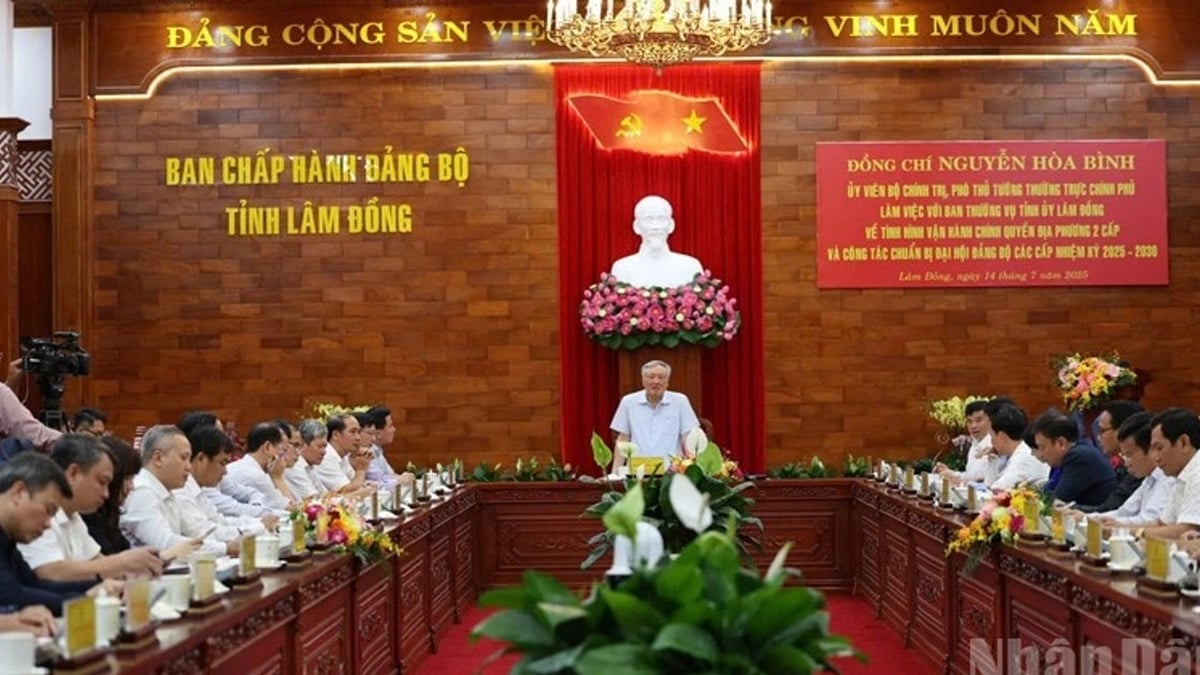

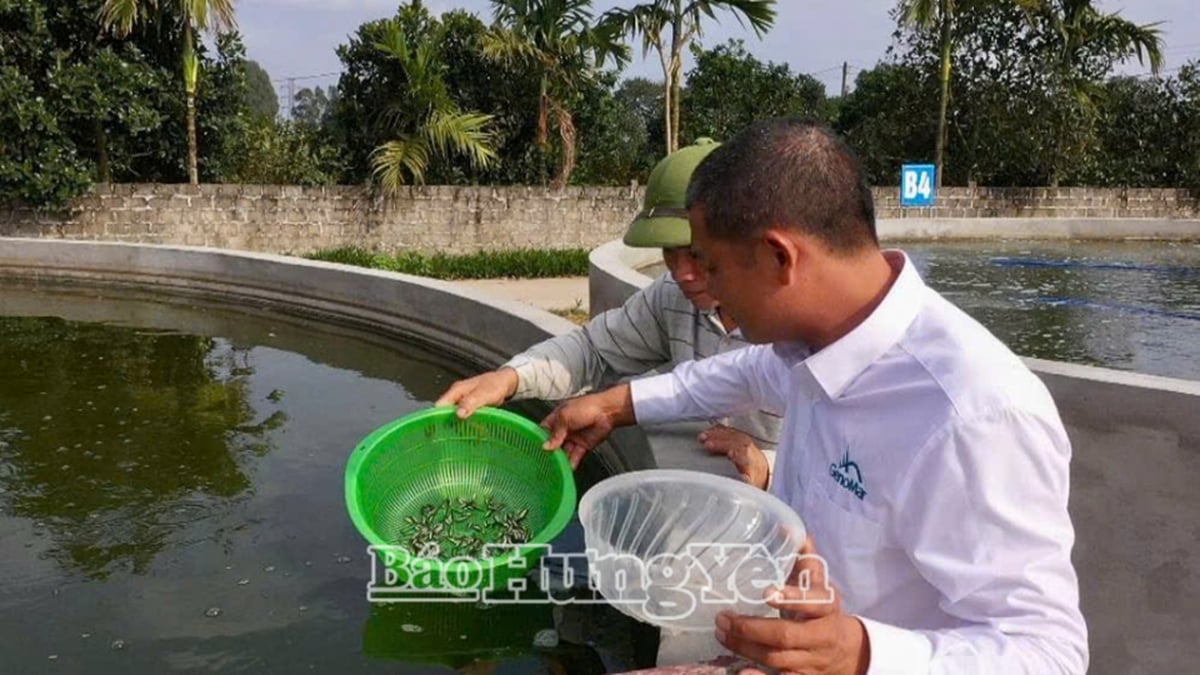
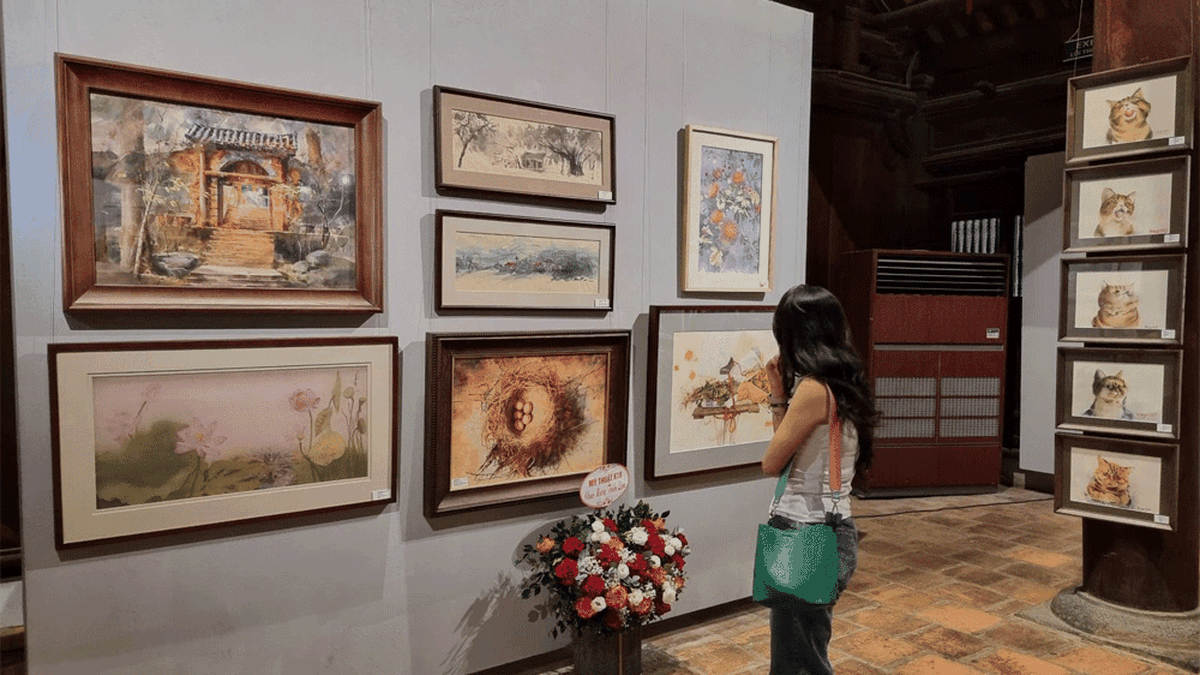

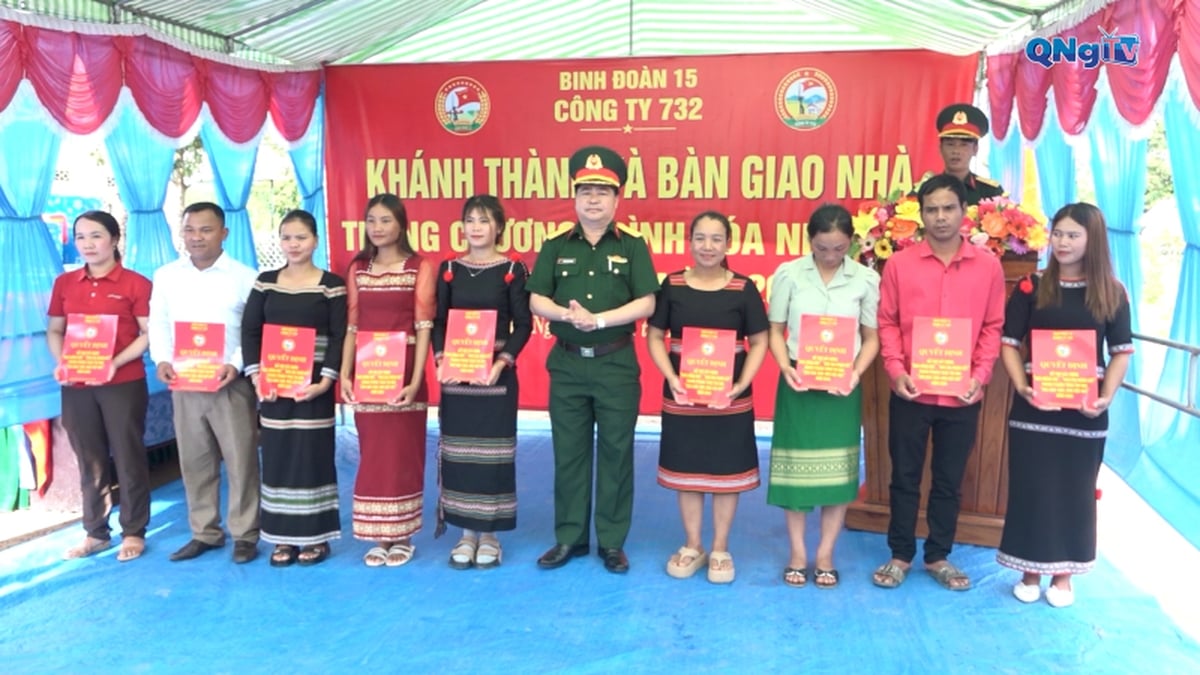























































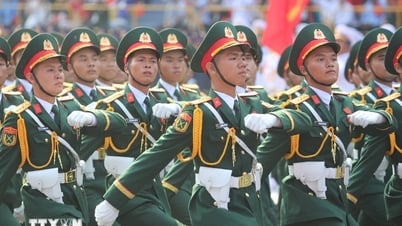
































Comment (0)